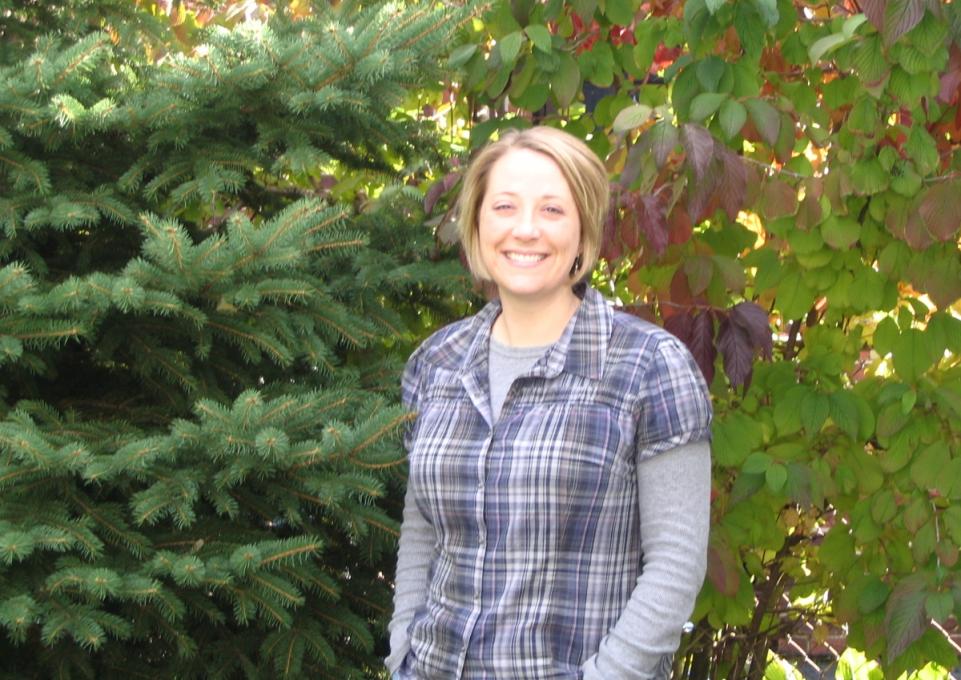
Kelly Frothingham, professor and chair of Geography and Planning, is an expert in stream restoration. "The primary reason for doing river restoration in the United States is to maintain and improve water quality," she said.
Frothingham’s research interests encompass the many variables that relate to a stream’s health: riparian vegetation, streambank structure, stream channel alteration, and water temperature and appearance.
"An intact riparian corridor provides a number of benefits," said Frothingham, "such as filtering water flowing to the stream and increasing bank stability. Vegetation provides organic matter and shade, which is important for fish."
Frothingham’s recent projects include evaluating several sites for Buffalo Niagara Riverkeeper. "They wanted data to determine a baseline stream condition before undertaking stream restoration projects," she said. Frothingham trained a team of Buffalo State graduate and undergraduate students in the use of Stream Visual Assessment Protocol (SVAP). The protocol uses a scoring matrix that provides valid data easily and quickly.
"When evaluating a riparian corridor—the streambank, the water, the plants and animals—you're looking at a very complex ecosystem that can vary at different points along the stream,” said Frothingham.
In addition to her work as chair of Geography and Planning, Frothingham coordinates both master’s programs offered by the Great Lakes Center. “The professional science master’s program in Great Lakes Ecosystem Science admitted five new students this fall,” she said, “and the M.A. program admitted two. We’re very pleased with the growth of the programs.”
